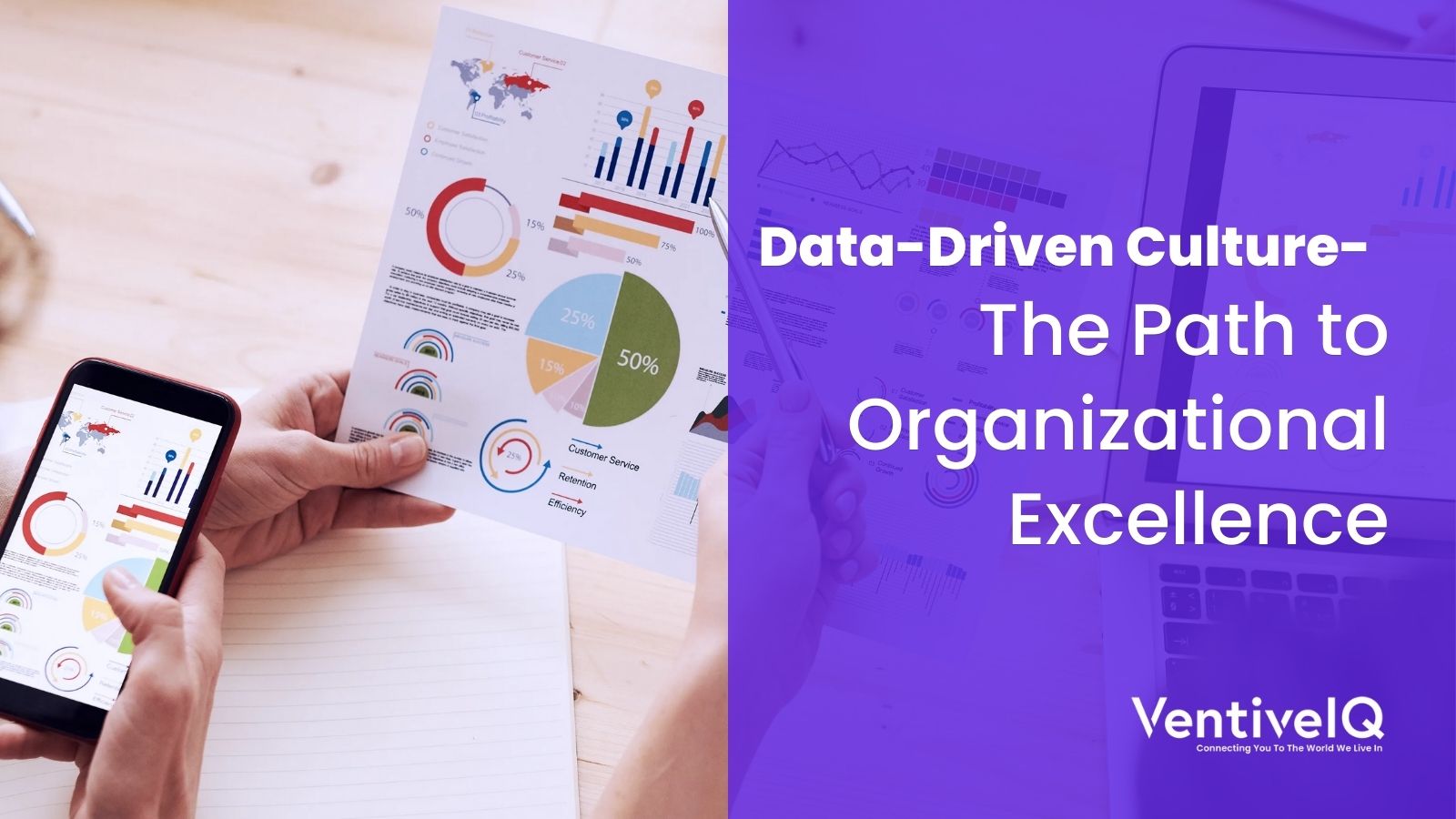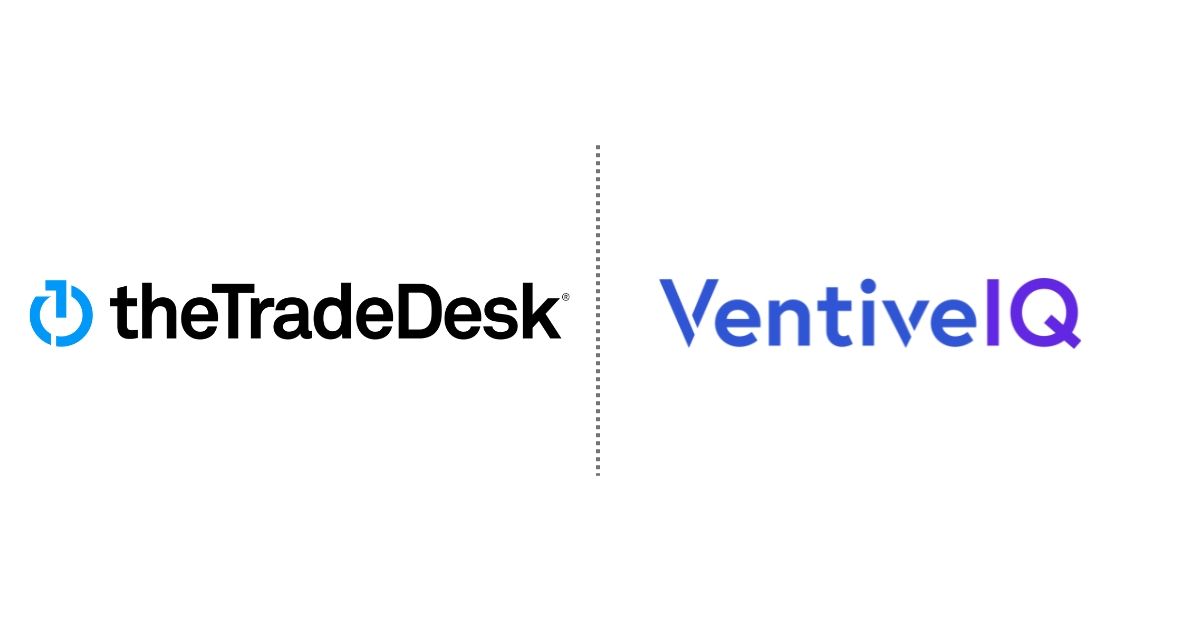Overview
In the current era of data-driven practices, organizations that leverage the potential of data gain a distinct advantage over their competitors. Building a data-driven culture is essential to foster informed decision-making, innovation, and organizational growth. This blog aims to provide insights and practical steps for organizations to cultivate a data-driven culture that empowers employees to make data-backed decisions and unlocks the full potential of data.

1. Understanding the Benefits of a Data-Driven Culture
-
- A data-driven culture has numerous benefits for organizations. It enables evidence-based decision-making, improves operational efficiency, identifies new growth opportunities, and enhances customer experiences.
- By embracing data-driven practices, organizations can enhance collaboration, increase transparency, and encourage a mindset of continuous improvement.
2. Leadership and Vision
-
- Creating a data-driven culture begins with strong leadership and a clear vision. Leaders must champion the value of data-driven decision-making and communicate the benefits to the entire organization.
- They should set an example by making data-backed decisions and allocating resources for data initiatives. Developing a long-term data strategy that aligns with the organization’s goals is crucial.
3. Building a Data Infrastructure
-
- A robust data infrastructure is the foundation of a data-driven culture. Organizations need to invest in the necessary tools and technologies to collect, store, process, and analyze data effectively.
- This includes implementing data management systems, establishing data governance policies, and ensuring data security.
- Additionally, organizations should prioritize data quality and establish processes to ensure accurate and reliable data.
Read more: Real-World Examples of Predictive Analytics in Action
4. Data Literacy and Skills Development
-
- To foster a data-driven culture, organizations must prioritize data literacy and skills development across the workforce.
- Employees must understand how to interpret and analyze data, ask the right questions, and draw actionable insights.
- Providing training programs, workshops, and resources on data analysis and visualization tools can empower employees to leverage data effectively.
- Encouraging cross-functional collaboration and knowledge sharing can also enhance data literacy.
5. Cultivating Data-Driven Mindsets
-
- Establishing a data-driven culture necessitates a fundamental change in the way individuals perceive and approach data. Organizations should encourage curiosity, experimentation, and a willingness to challenge assumptions based on data insights.
- Recognizing and rewarding employees who actively use data to drive decision-making fosters a culture that values data-driven approaches.
- Open communication channels for sharing successes, lessons learned, and best practices can further reinforce the importance of data-driven thinking.
6. Iterative Improvement and Continuous Learning
-
- A data-driven culture thrives on continuous improvement. Organizations should encourage a culture of experimentation and learn from data-driven outcomes.
- Embracing agile methodologies, such as A/B testing and iterative feedback loops, allows for data-backed adjustments and optimization.
- Regularly reviewing key performance indicators (KPIs) and metrics helps track progress and identify areas for improvement.

How do you create a data-driven culture in your organization?
Here are the top 7 tips:
-
- Start by investing in data infrastructure. This means having the right tools and systems in place to collect, store, and analyze data. You also need to make sure that your data is accurate and reliable.
-
- Encourage thorough data collection. This means collecting data from a variety of sources, both internal and external. Enhancing the quantity of data at your disposal equips you with greater resources to make well-informed decisions.
-
- Improve the quality of your data. This means cleaning up your data, removing errors, and ensuring that it is consistent. The better the quality of your data, the more accurate your insights will be.
-
- Develop data governance rules. This means establishing policies and procedures for how data is collected, stored, and used. This will help to ensure that your data is secure and that it is used in a responsible way.
-
- Teach and train your staff. Not everyone in your organization will be a data scientist, but everyone should be able to understand and use data. Make sure that your staff is trained in how to collect, analyze, and interpret data.
-
- Ask for evidence and research. When making decisions, don’t just rely on gut instinct. Ask for evidence and research to support your decisions. This will help to ensure that your decisions are based on data, not emotion.
-
- Share company-wide insights. Once you have insights from your data, share them with your team. This will help to get everyone on board with the data-driven approach and it will help to make decisions more transparent.
Building a data infrastructure takes time and effort, but it is worth it. By following these tips, you can create an organization that is more agile, efficient, and successful.
Here are some additional tips for building a data-driven culture:
-
- Set clear goals and objectives for your data-driven initiatives. What do you hope to achieve by using data? Once you know your goals, you can develop a plan to achieve them.
- Make data-driven decision-making a part of your company’s culture. This means creating a culture where everyone is encouraged to ask questions, challenge assumptions, and use data to make decisions.
- Reward and recognize employees who use data to make a positive impact on the company. This will help to show employees that data-driven decision-making is valued.
- Be patient and persistent. Developing a data infrastructure requires a significant investment of time and effort. Don’t expect to see results overnight.

Top 3 examples of companies with built data-driven cultures
Here are the top 3 examples of companies that have successfully built data-driven cultures:
-
- Netflix: Netflix uses data to personalize its recommendations for users. This has helped Netflix to become one of the most successful streaming services in the world.
- Amazon: Amazon uses data to optimize its supply chain and delivery network. This has helped Amazon to become one of the most efficient retailers in the world.
- Google: Google uses data to improve its search engine, advertising, and other products. This has helped Google to become one of the most successful technology companies in the world.
Conclusion
Building a culture of data-driven is a transformative journey that empowers organizations to unlock the full potential of their data. By embracing data-driven practices, organizations can make informed decisions, drive innovation, and gain a competitive advantage in today’s fast-paced business landscape. Leadership commitment, a robust data infrastructure, data literacy, and a data-driven mindset are key pillars of a successful culture of data-driven. With the right vision, strategy, and continuous learning, organizations can cultivate a data-driven culture that propels them toward success in a data-rich future.



